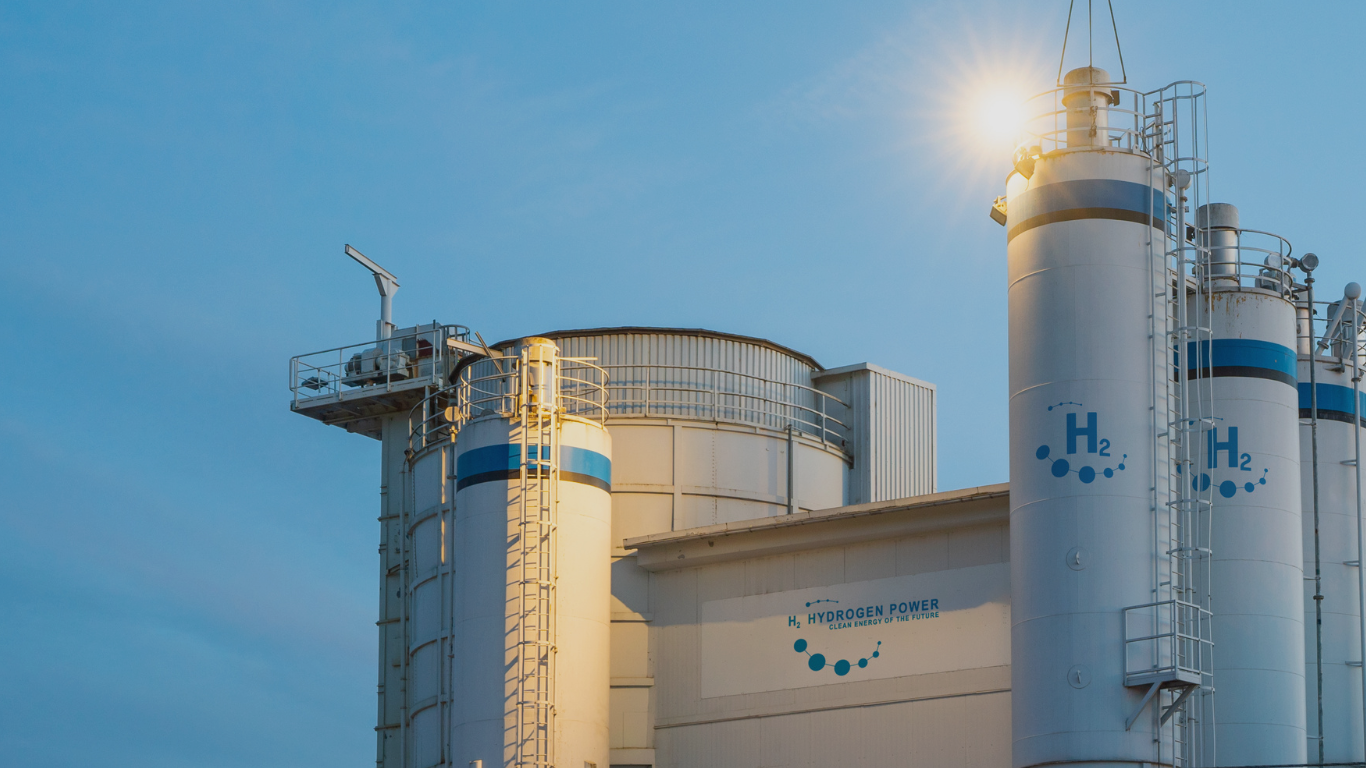Hydrogen is crucial for driving cleaner energy transitions and securing a sustainable future for coal, as it is projected to account for about 14% of global energy demand by 2050.
Through advanced abatement technologies such as High-Efficiency Low Emissions (HELE) and Carbon Capture and Storage (CCS), coal can produce hydrogen while reducing CO2 emissions by up to 90%, making it one of the lowest-carbon options for producing blue hydrogen. This type of hydrogen is known as blue hydrogen.
Blue Hydrogen Production
Blue hydrogen is produced from coal through a process that involves the following steps:
- Coal is reacted with oxygen and steam under high pressure and temperature to form synthesis gas, a mixture mainly composed of carbon monoxide and hydrogen.
- The synthesis gas is purified to remove impurities, and then the carbon monoxide reacts with steam in a water-gas shift reaction to produce more hydrogen and carbon dioxide. This is called grey hydrogen.
- Hydrogen is separated from the gas mixture, and the concentrated carbon dioxide stream is captured and stored. This reduces the carbon footprint of hydrogen production.
- The resulting hydrogen is a clean energy source that can be used for various purposes. This is called blue hydrogen.
Case Studies
-
Hydrogen Energy Supply Chain
The Hydrogen Energy Supply Chain (HESC) Project is a joint venture between the Australian and Japanese governments based in Victoria, Australia. This pioneering project achieved a significant milestone by successfully extracting clean liquid hydrogen from Latrobe Valley coal and a biomass mix, and then shipping it to Kobe, Japan. The project produces about 225,000 tonnes of clean hydrogen annually while reducing CO2 emissions by an impressive 1.8 million tonnes per year, equivalent to the emissions from about 350,000 petrol-driven cars.
-
Great Plains Synfuel
The Great Plains Synfuel Plant in North Dakota, United States, has been operational since 2000. It utilizes CCS technology to generate about 1,300 tonnes of hydrogen daily from brown coal gasification, producing hydrogen-rich synthesis gas. The plant’s advanced CCS system captures around 3 million tonnes of carbon emissions annually, transporting it to Saskatchewan, Canada, for enhanced oil recovery operations.
Looking Ahead
The momentum behind coal-to-hydrogen continues to grow as the world recognises the significant role of hydrogen in addressing climate goals. Abatement technologies and renewables enable the clean production of hydrogen, making it a versatile source for generating electricity, powering industries, and heating homes.
Cost of Blue Hydrogen
Blue Hydrogen from Coal with CCS: Hydrogen production through coal gasification with CCS typically costs between $1.9 to $2.4 per kg H2. In some regions like China, the cost can be as low as $1.6 per kg.
Green Hydrogen from Renewables : the cost varies depending on the local electricity, technology, and storage costs. The International Energy Agency and the European Commission estimate that green hydrogen production costs range from 3.0-7.5 US$ per kg.
According to some studies, the cost of green hydrogen could decrease to less than $1 US$ per kg by 2050 in certain regions with favourable conditions and supportive policies. However, this is still speculative. For a consistent comparison, it would be reasonable to assume that similar trends could also apply to hydrogen production from coal with CCS.
The International Energy Agency (IEA) reports that in 2021, around 70% of dedicated hydrogen production’s energy requirements were met with natural gas, and approximately 30% came from coal. China leads in global coal consumption for hydrogen production, accounting for 97% of this usage.
Looking ahead to 2050, the demand for hydrogen is projected to skyrocket, representing about 14% of the world’s total energy demand. This would translate to a remarkable 160–570% increase in current hydrogen demand.
